Dangerous Places On Earth
You do not want to live in these places
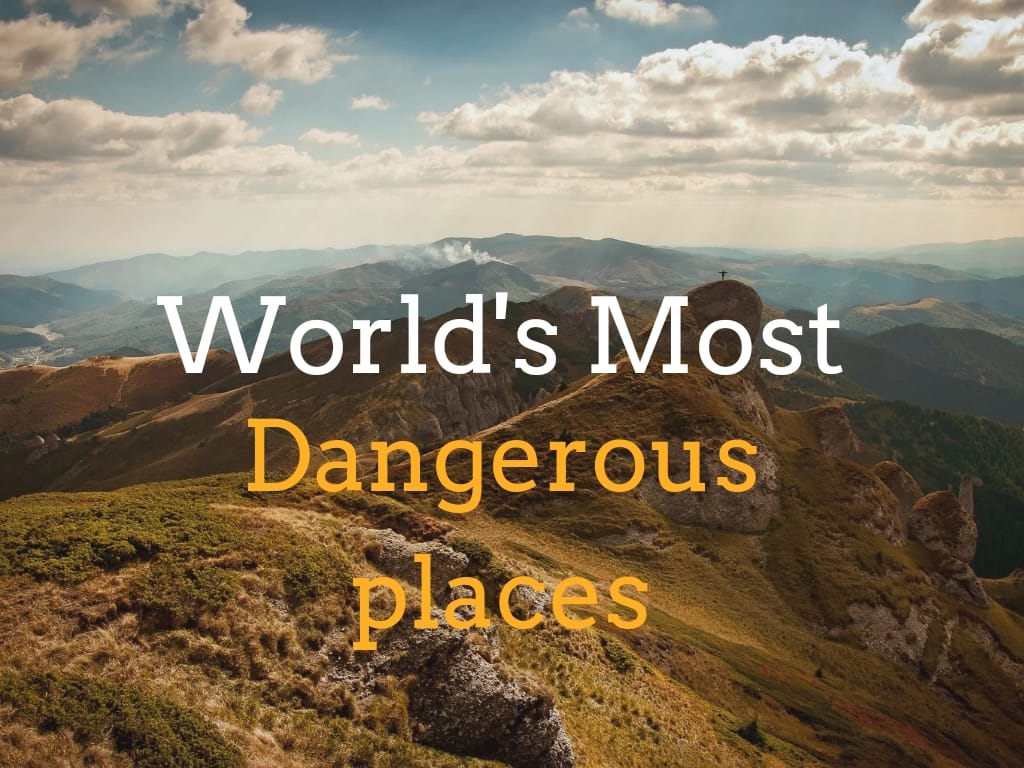
Consider this: 93% of all human beings who have ever lived are no longer with us. For every person currently alive, there are 15 who have passed away. Our planet, Earth, can be a perilous place, but have you ever wondered where the most consistently dangerous location on our planet might be? Let's start by examining temperature extremes. Both extreme heat and cold can be fatal in a matter of hours, or even minutes. In cold environments, without protective clothing, the human body struggles to maintain a survivable temperature, consuming a significant portion of our daily caloric intake. Stripping someone naked and placing them in a 0-degree Celsius environment would result in death from hypothermia in about 20 minutes.
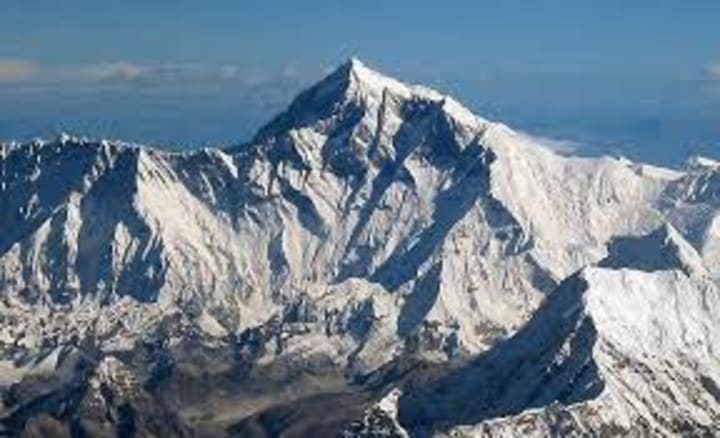
However, the most immediate necessity for life is oxygen. This leads us to the summit of Mount Everest, where the air is incredibly thin. At its peak, there's only one-third as much breathable oxygen as at sea level. Climbers can endure these conditions for brief periods if they acclimate over months, but teleporting to Everest's summit would likely lead to death in just 2-3 minutes due to the lack of oxygen.
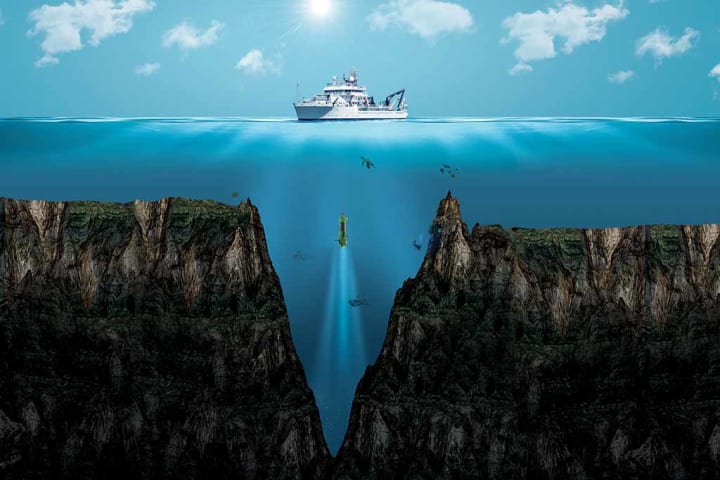
Similarly, at the bottom of the Mariana Trench, nearly 7 miles underwater, the pressure exceeds 15,000 pounds per square inch, causing immediate lung collapse and unconsciousness in 15 seconds.
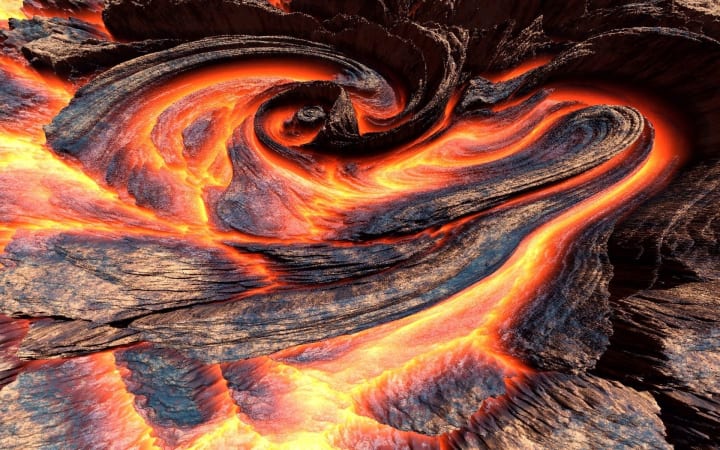
Falling into a molten lava lake offers a spectacular yet swift demise. Molten lava, four times hotter than the hottest oven, instantly turns the body's water content into explosive steam, resulting in a fiery eruption.
If we shift our perspective to measure danger by the total number of fatalities, we must delve into the microscopic world. In 1918, influenza claimed nearly 100 million lives, which was 3% of the world's population at the time. However, the rapid spread of the bubonic plague between 1347 and 1353 wiped out a third of Europe's population. While we often consider the plague a relic of the past, cases still occur, with 5 to 15 reported in the U.S. annually. In terms of total fatalities across history, Malaria, caused by the microorganism Plasmodium, may hold the record, with Nobel laureate Baruch Blumberg suggesting that half of all humans who ever lived may have succumbed to it.
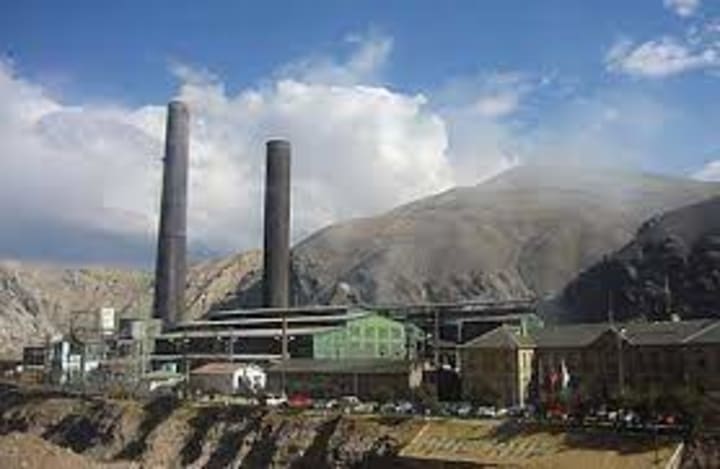
Now, let's shift our focus to dangers not stemming from Earth or its creatures, but rather from ourselves. La Oroya in Peru, with a high pollution level and low murder rate, showcases the deadly impact of human industrial activity. Lake Karachay in Russia, dubbed the most polluted place on Earth, contains lethal levels of radioactive pollutants.
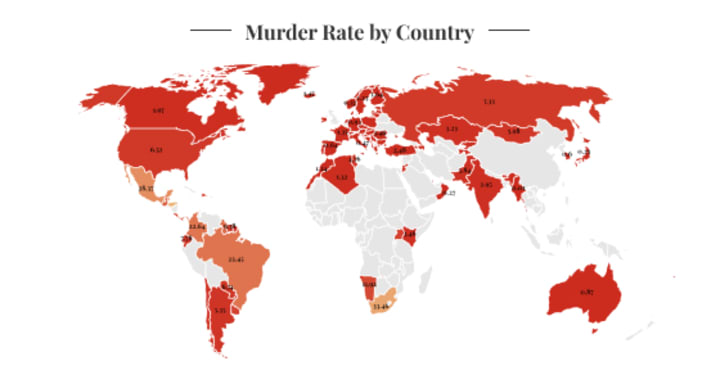
When it comes to overall safety, the Global Peace Index ranks Iceland as the safest country and Somalia as the most dangerous. However, for the highest murder rate, you'd have to visit Juarez, Mexico, where 1,477 out of every 1 million residents are murdered annually. Surprisingly, the fictional town of Cabot Cove, setting for "Murder, She Wrote," boasts a murder rate of 1,490 per million inhabitants, surpassing even Miami's fictional serial killer count.
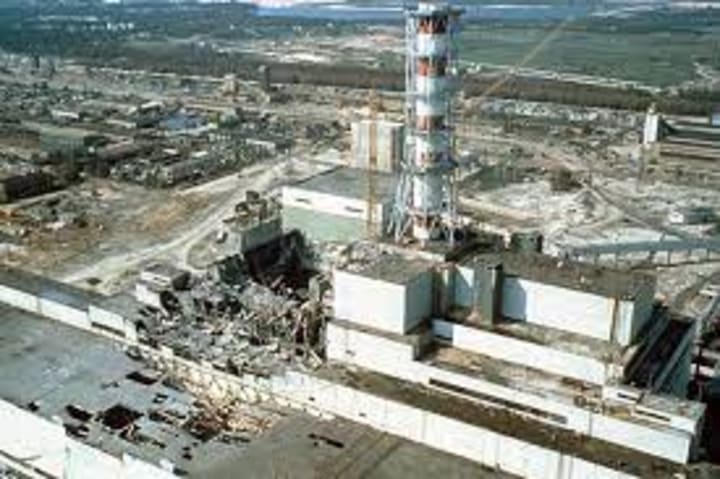
Lastly, consider the Chernobyl disaster in 1986. Radioactive isotopes leaked for ten days from a burning reactor core, leading to mass evacuations. Decades later, parts of the exclusion zone remain highly lethal, yet without human interference, wildlife has thrived. It's a paradoxical danger: we transformed a place into a hazard for us, but in doing so, we inadvertently made it safer for other forms of life. For more in-depth information on these topics, you can explore the links provided in the description below. Keep seeking knowledge, and as always, thank you for watching.
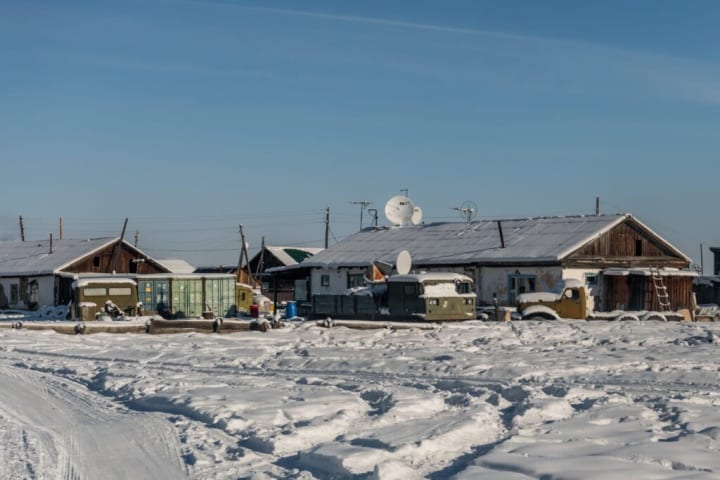
The Danakil Desert in Ethiopia is also another dangerous place on earth. It is considered one of the most dangerous places in the world to visit due to its harsh and unforgiving environment, as well as a number of political and security risks. One of the main dangers of the Danakil Desert is the weather. The area is known for its extremely hot temperatures, high winds, and sandstorms. These conditions can make it difficult for visitors to navigate the area and can cause heat stroke, dehydration, and other heat-related illnesses if proper precautions are not taken.
About the Creator
Joshua Adebanjo
Hi there, I am Joshua, a writer who is hungry for Knowledge and also loves to share them and have other's insights. Subscribe and do not miss out on daily dose of Knowledge.
Enjoyed the story? Support the Creator.
Subscribe for free to receive all their stories in your feed. You could also pledge your support or give them a one-off tip, letting them know you appreciate their work.






Comments (1)
Earth sounds dangerous, scary and horrible! I’m NEVER going to Earth! Thank you for the warning!